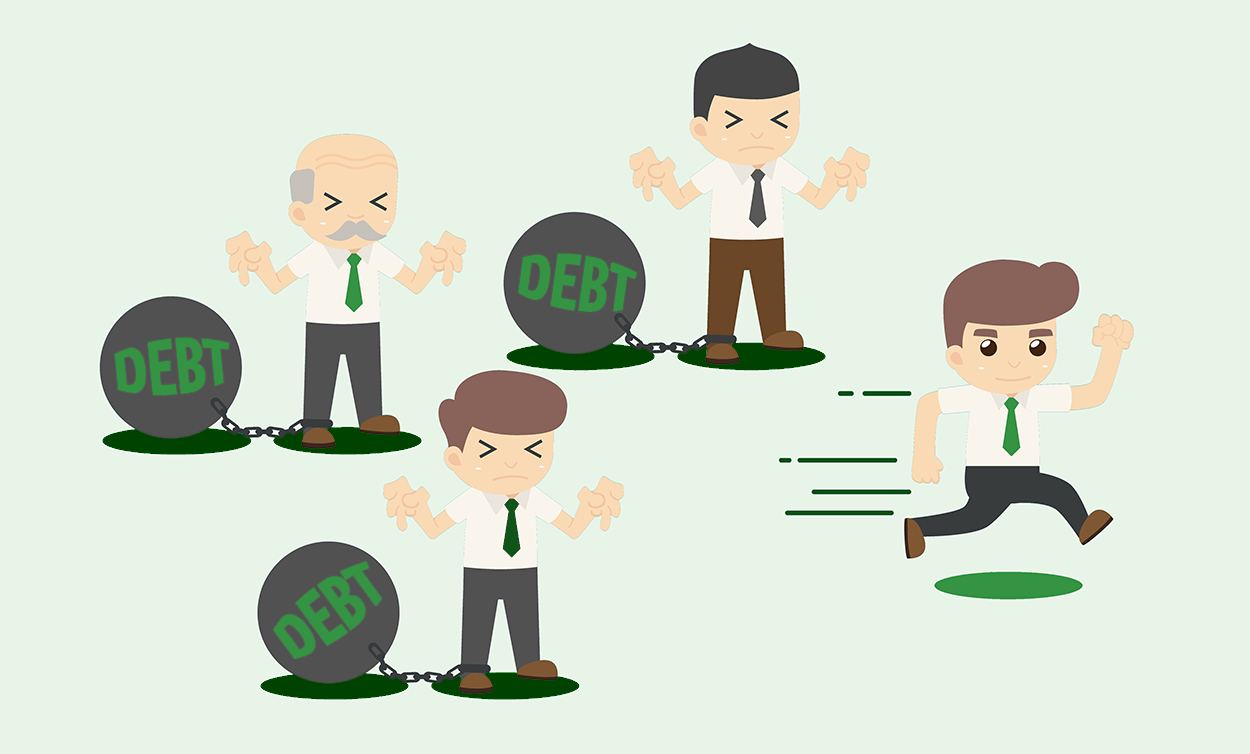This calculator will estimate the amount of time it will take to pay off a given debt. Plus, it will also tell you the average monthly interest you will pay between now and when the debt is paid off.
Current Seattle Personal Loan Rates
We publish current Seattle personal loan rates to help borrowers compare rates they are offered with current market conditions and connect borrowers with lenders offering competitive rates.
Managing Your Debts Wisely

Debts are governed by very specific terms, agreed upon when loans originate and cards are issued. While the precise terms of your cardholder agreement may not be every day knowledge, they are spelled out clearly in materials included with your loan paperwork. Fees and charges associated with loans should be considered part of your overall debt, unless they are paid separately.
Interest charges and other concerns prompt borrowers to review terms and conditions periodically. Debt payment calculator works-out the length of time remaining on your loan repayment commitment and figures the average monthly interest payment associated with repayment.
Loans are issued for a variety of purchases, including long-term expenses like homes. Mortgages last up to thirty years each, so staying in-tune with repayment schedules helps borrowers plan for the future. Knowing the amount of time remaining until pay-off is complete provides important input for future spending decisions, allowing consumers to refinance appropriately and manage debt responsibly.
Interest Payments
Interest is paid based on the terms of individual loans, so plugging specific information into the debt calculator is the best way to track average monthly interest payments over particular spans of time. Monthly payment amount, interest percentage, and remaining principal balance are used to calculate the average monthly interest you pay on your debt.
Fixed interest rates remain unchanged over the course of payback, resulting in consistent payments. Total payback amounts and loan satisfaction dates are easier to compile when loan terms do not change over time. Variable rates, on the other hand, change according to certain economic indicators like the prime rate. Variable rate credit cards use widespread economic standards as base rates, adding additional points to total interest rates, in order to remain profitable. As payments are made toward debt reduction, they are applied to interest and principal, eventually wiping out the debt.
The way you pay back credit card and loan debt has a big impact on how much, and how quickly, you'll end up paying. Consider cards, for example, requiring declining monthly minimum payments. This method of repayment requires a monthly minimum payment, based on the amount of debt on your card. When ongoing purchases are made, it is difficult to track the amounts being applied to your interest payments and principal each billing period. However, when card balances are treated like term loans, without adding additional charges each month, the role played by declining minimum payments becomes more clear.
As you make minimum payments, your balance declines slightly, going in to the next billing period. As a result, the minimum payment serving the next billing cycle is diminished proportionally. Your credit card statement spells-out the impact of previous payments, requesting adjusted minimum payments each month. Your discretion is at play when making monthly payments, but choosing to stick with declining monthly minimum payments lengthens repayment periods and adds untold interest charges to your debts. Instead, make consistent payments, so that the principal balance declines faster. It is possible to pay twice the value of products and services simply by extending repayment with declining monthly minimums. Adding 100% interest to purchases is an unsustainable approach, clearly illustrated by debt payment calculator.
 Debt Repayment Calculator
Debt Repayment Calculator